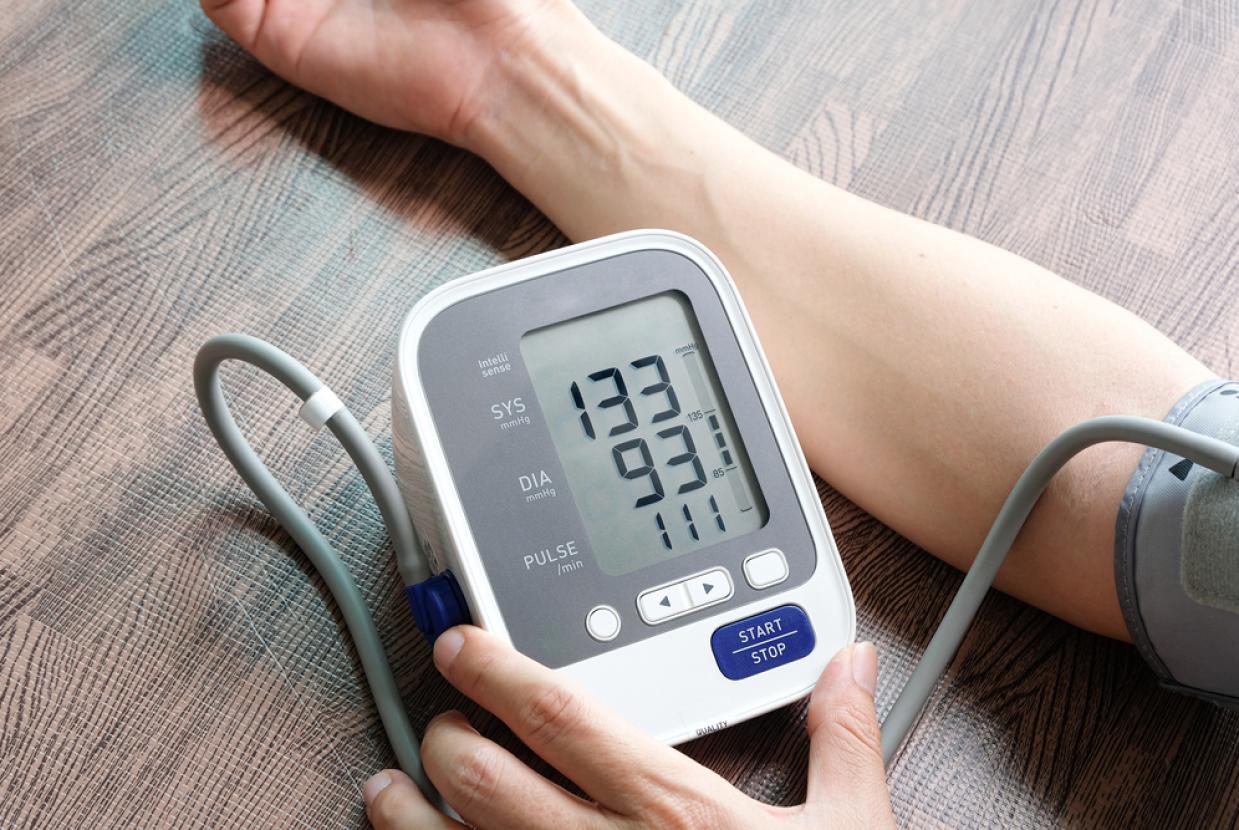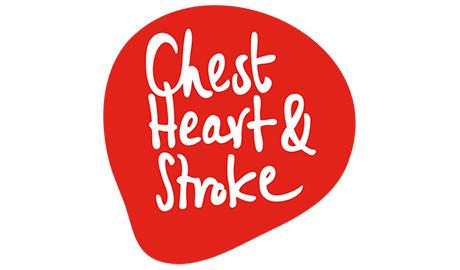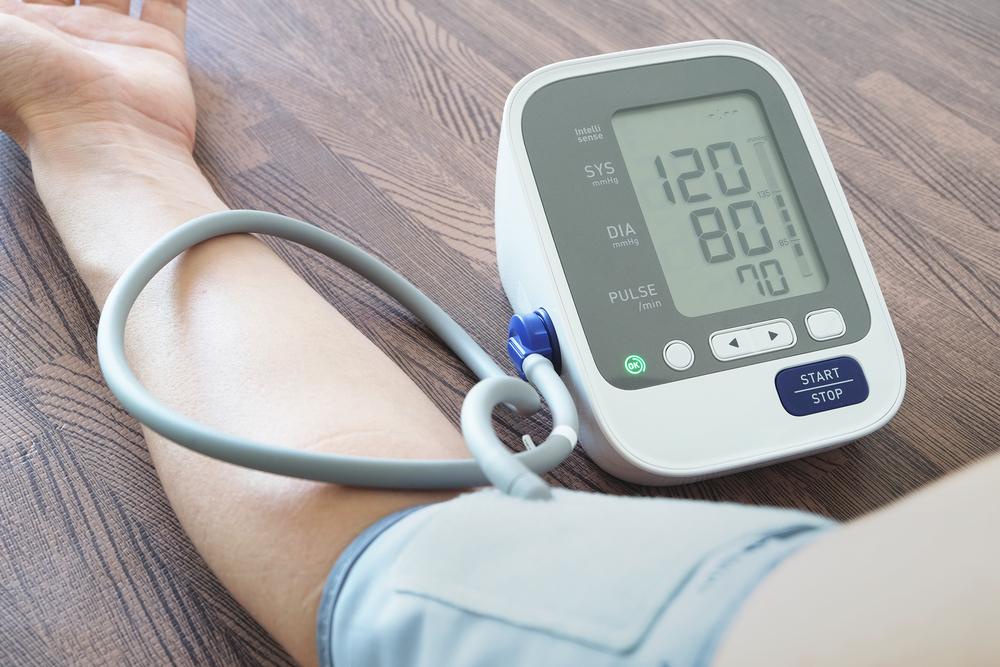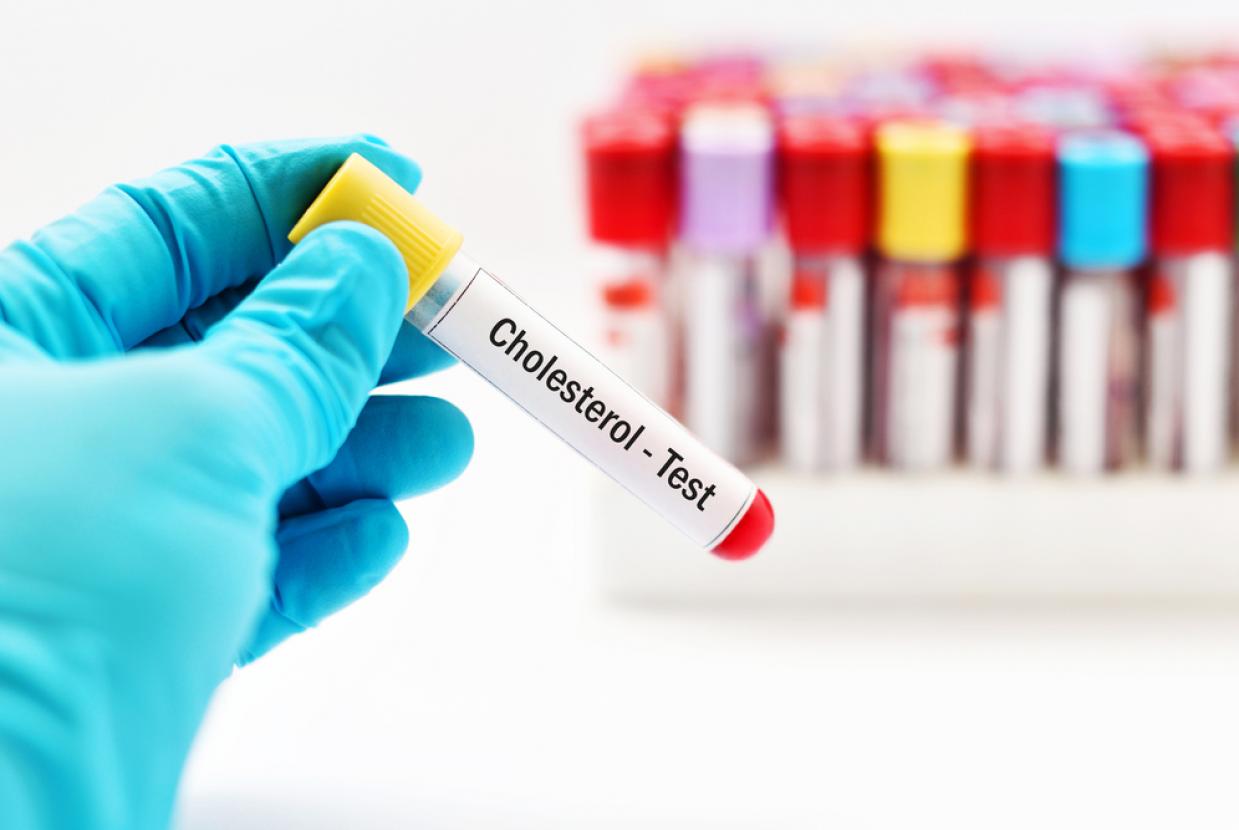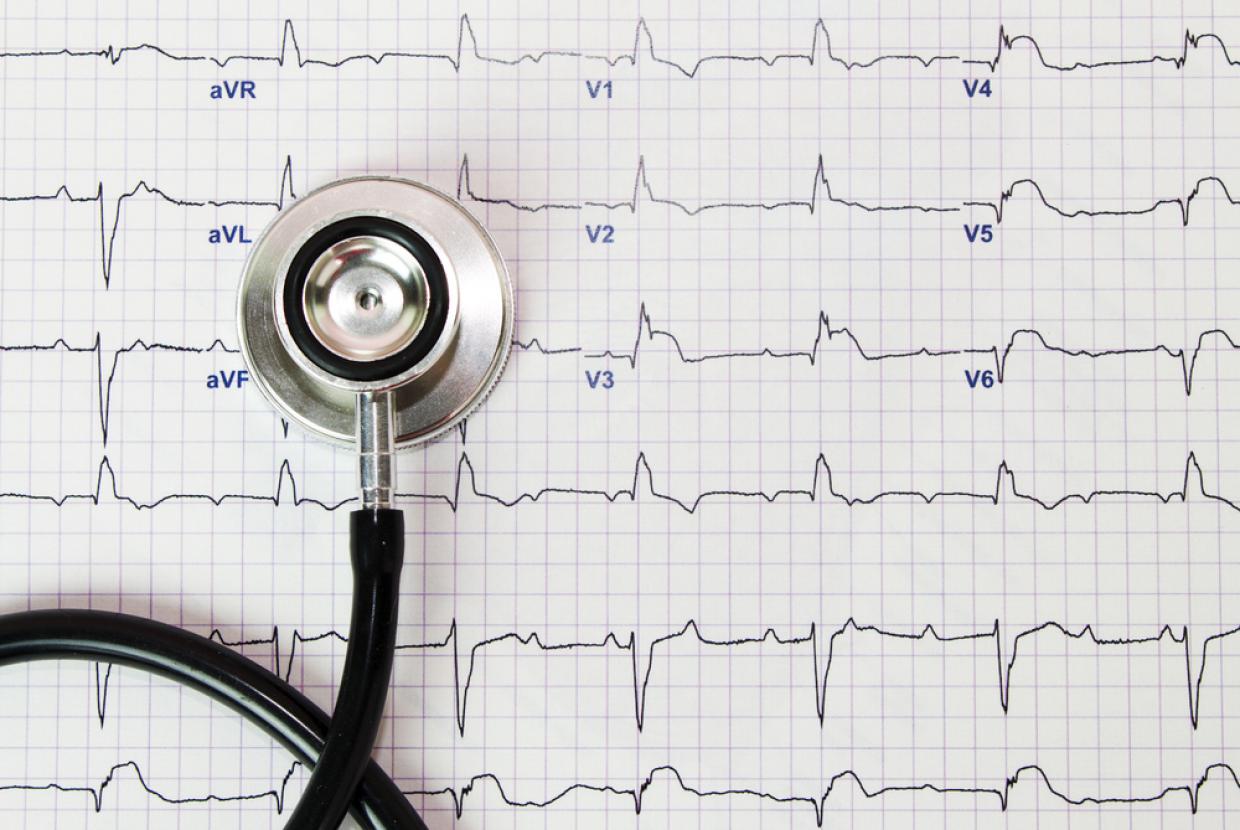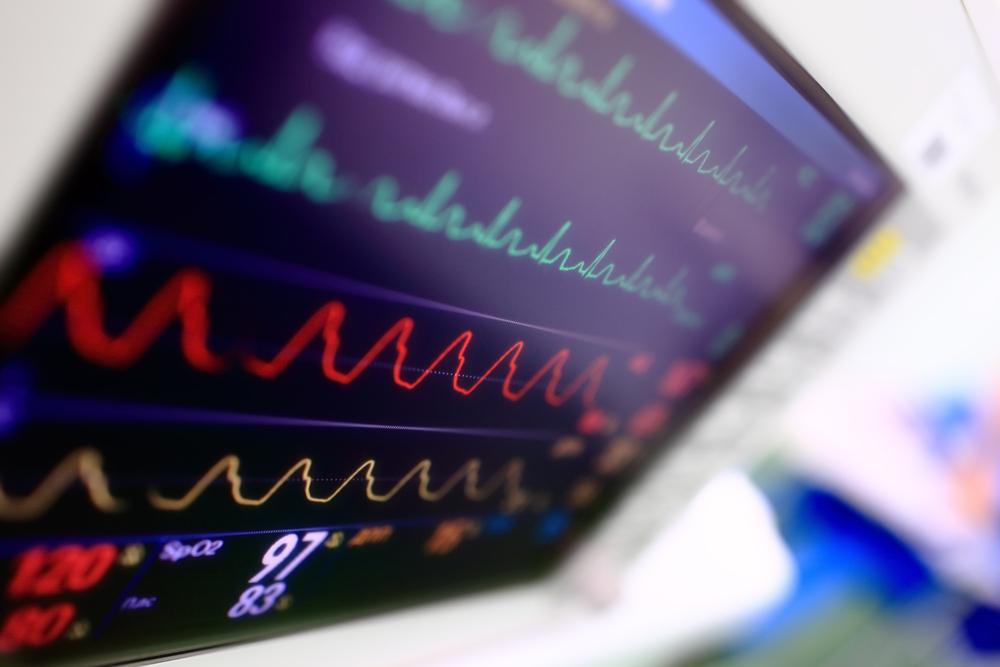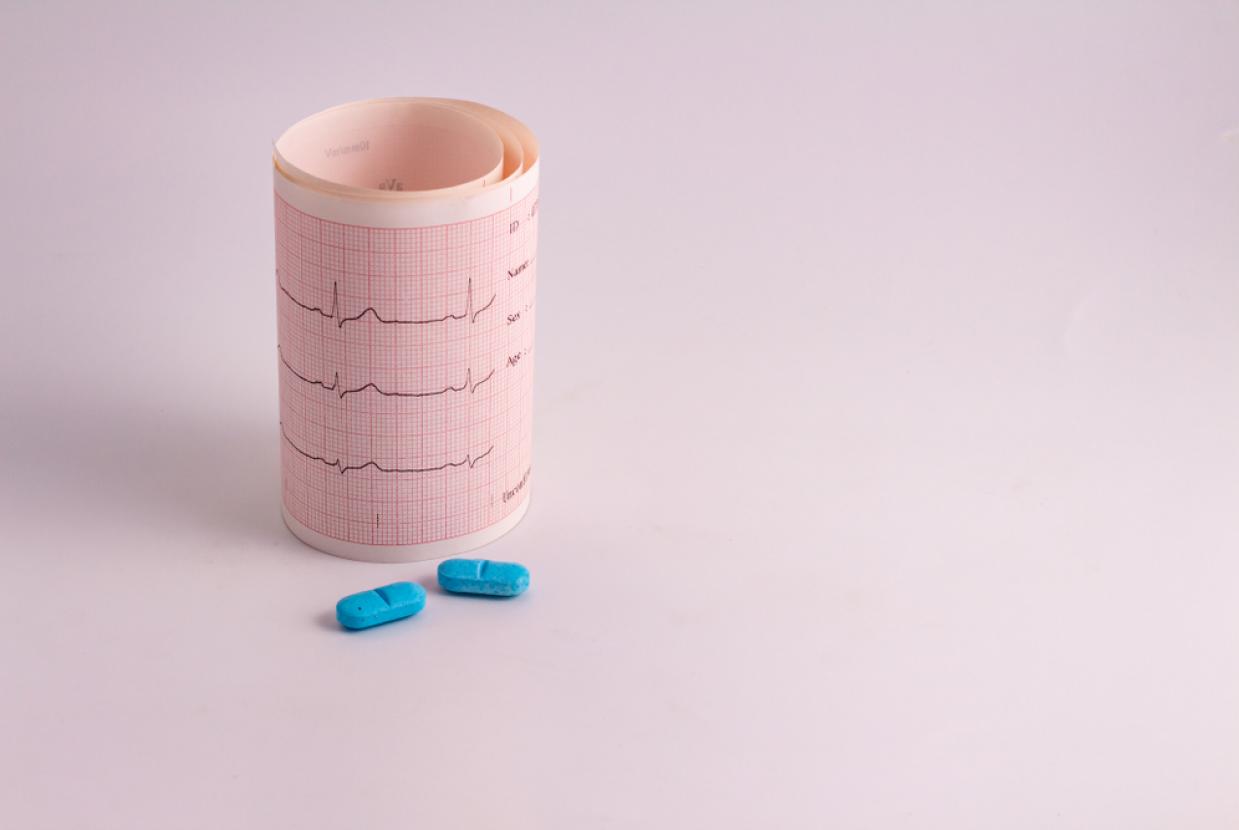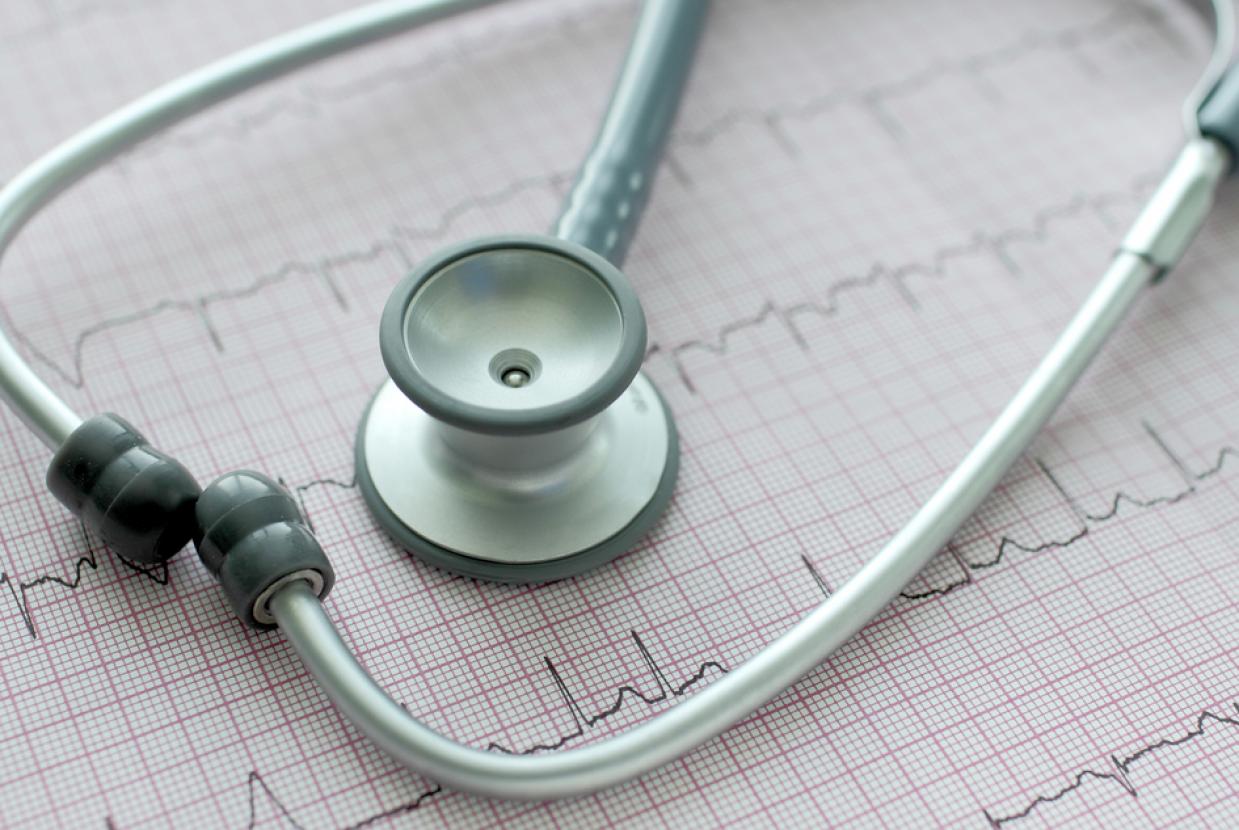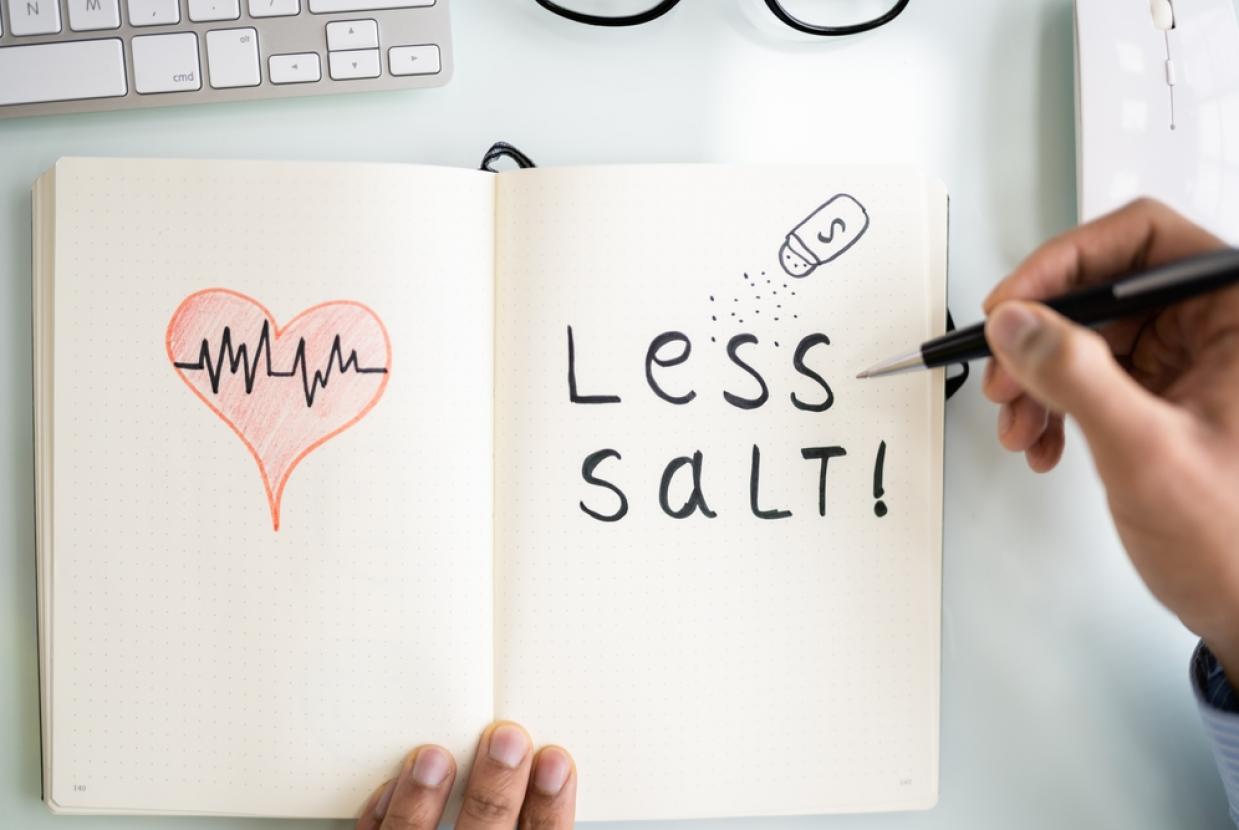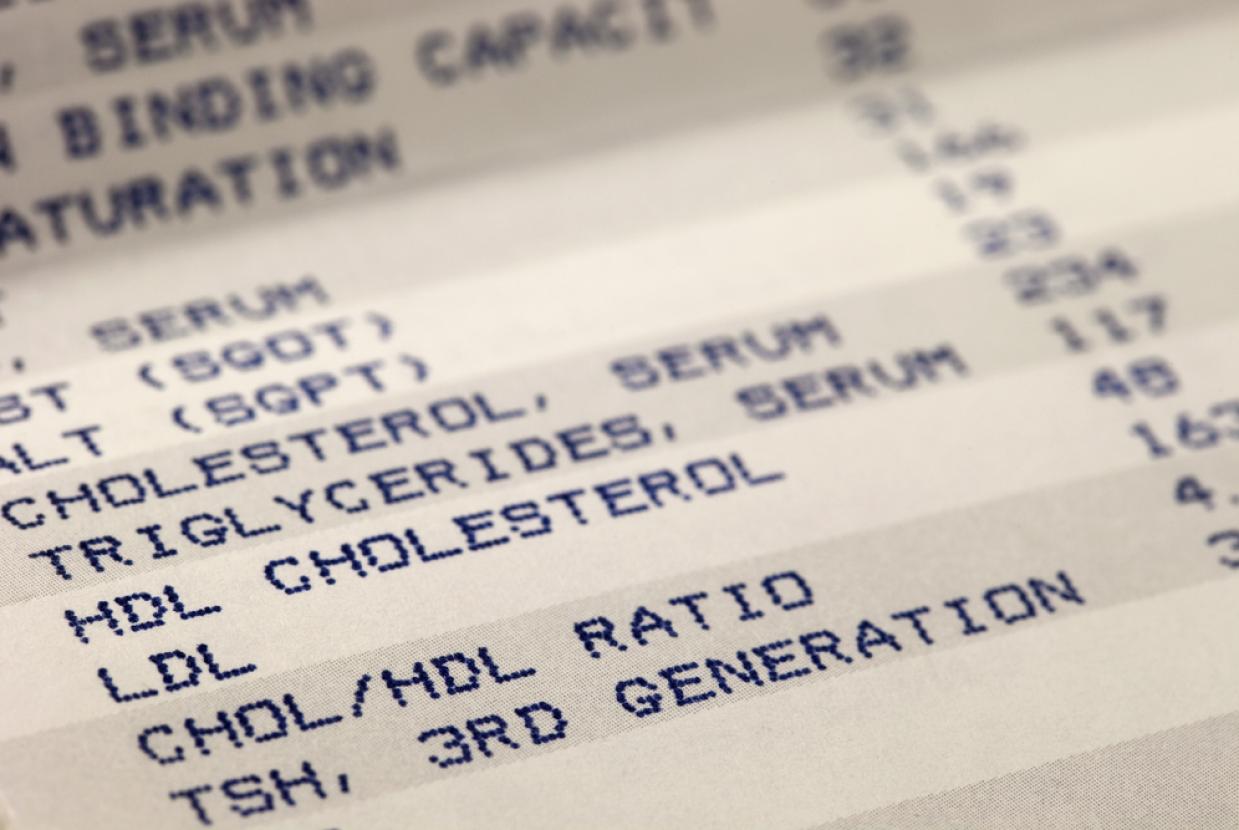How Is Blood Pressure Measured?
When your blood pressure is taken, two measurements are recorded during a single heartbeat. When your blood pressure is written down you will see a top number and a bottom number.
- Systolic Pressure is the top number. This is the pressure when your heart pumps blood through arteries and around your body.
- Diastolic pressure is the bottom number. This is the pressure when your heart is resting in between beats.
Blood pressure is measured in millimetres of mercury or mmHg. When a person has high blood pressure, the numbers on their readings begin to rise above the levels of 140/90mmHg. Ideal blood pressure is between 90/60mmHg and 120/80mmHg.
If your blood pressure is consistently higher than 140/90mmHg then you may have high blood pressure, which is medically known as hypertension.
One reading alone cannot diagnose high blood pressure. It must be recorded over a period of time. Generally, the lower your blood pressure, the healthier you are. But low blood pressure can also be dangerous.
People with a reading of around 90/60 or lower are generally considered to have low blood pressure. For some, there may be an underlying cause that could need treatment.


